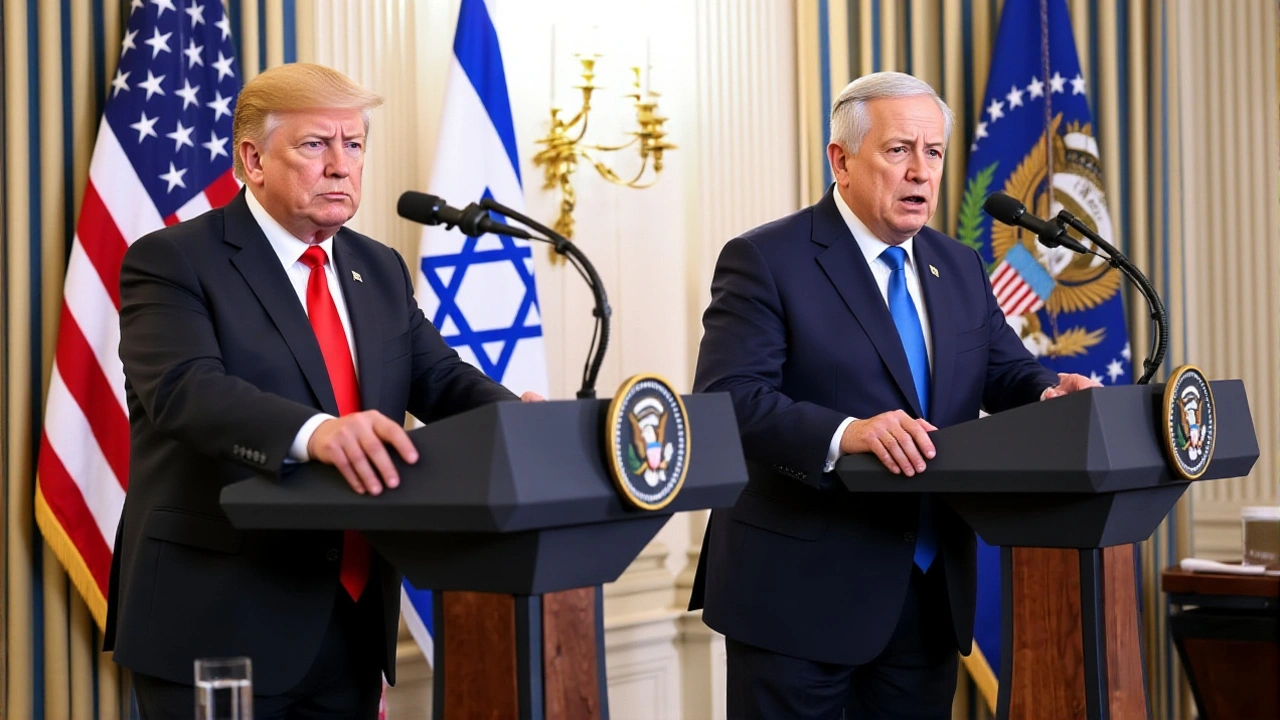Hamas: What’s Happening and Why It Matters
When you hear the name Hamas, a lot of images flash through your mind – rockets, protests, headlines that scream crisis. But beyond the fast‑moving news cycle, there’s a deeper story that affects everyday people in Gaza, Israel, and the wider Middle East. In this guide we’ll break down the basics, look at what’s new in 2025, and give you practical pointers on how to stay updated without getting overwhelmed.
Brief History of Hamas
Hamas started in 1987 as a branch of the Muslim Brotherhood, aiming to combine political activity with charitable work. Its charter originally called for the establishment of an Islamic state in historic Palestine, and the group quickly became a major player in the Israeli‑Palestinian conflict. Over the years, Hamas has moved between armed resistance, political participation, and providing social services like schools, clinics, and food aid. This mix of military and civilian roles makes the organization hard to categorize, which is why you’ll see it described as a political party, a militant group, and a social movement all at once.
Understanding this background helps explain why negotiations with Hamas are often tangled with security concerns, humanitarian needs, and regional politics. It also shows why the group’s internal dynamics matter – leadership changes, shifts in funding, and alliances with countries such as Iran or Qatar can swing the tone of Gaza’s daily life.
Current Developments (2025)
In 2025, Hamas finds itself at a crossroads. On one hand, the Israeli government announced a new settlement plan that sparked fresh protests in the West Bank and Gaza. On the other, there’s been a noticeable push from some Hamas factions to engage in indirect talks about a ceasefire, especially after a series of heavy airstrikes that left civilian infrastructure in shambles.
Key points to watch:
- Leadership talks: Recent reports suggest that senior Hamas leaders are meeting with intermediaries from Egypt and Qatar to discuss humanitarian corridors. While nothing is concrete yet, these talks could shape the next wave of aid deliveries.
- Economic pressure: The blockade on Gaza continues, but new tunnels and smuggling routes have emerged, bringing in limited fuel and food. Hamas’s role in managing these channels impacts both the local economy and diplomatic leverage.
- International response: The United Nations has called for a renewed ceasefire, and the U.S. is cautiously re‑engaging with regional partners to find a diplomatic opening. How Hamas reacts to these overtures will affect the peace‑building agenda.
If you’re trying to keep tabs on the situation, here are three simple steps:
- Follow a mix of local Gaza reporters and reputable international outlets. Local journalists often give the human side that big agencies miss.
- Set up Google Alerts for keywords like "Hamas ceasefire" or "Gaza humanitarian corridor". You’ll get fresh articles straight to your inbox.
- Check the United Nations and Red Cross websites for updates on aid shipments. Those updates are usually less sensational but very factual.
Why does all this matter to you? Even if you’re not living in the region, the ripple effects of Hamas‑related events influence global oil prices, refugee flows, and international security policies. Knowing the basics helps you understand the headlines when they pop up on the news.
In short, Hamas is more than just a headline. It’s a political entity, a social network, and a military force all rolled into one. Keeping an eye on its moves, especially the negotiations and humanitarian developments in 2025, gives you a clearer picture of what’s shaping the Middle East today.
Trump and Netanyahu Unveil 20‑Point Gaza Peace Plan at White House
Trump unveils a 20-point Gaza peace plan at the White House with Netanyahu's backing, urging Hamas to disarm. International allies signal support as the world watches for a response.

